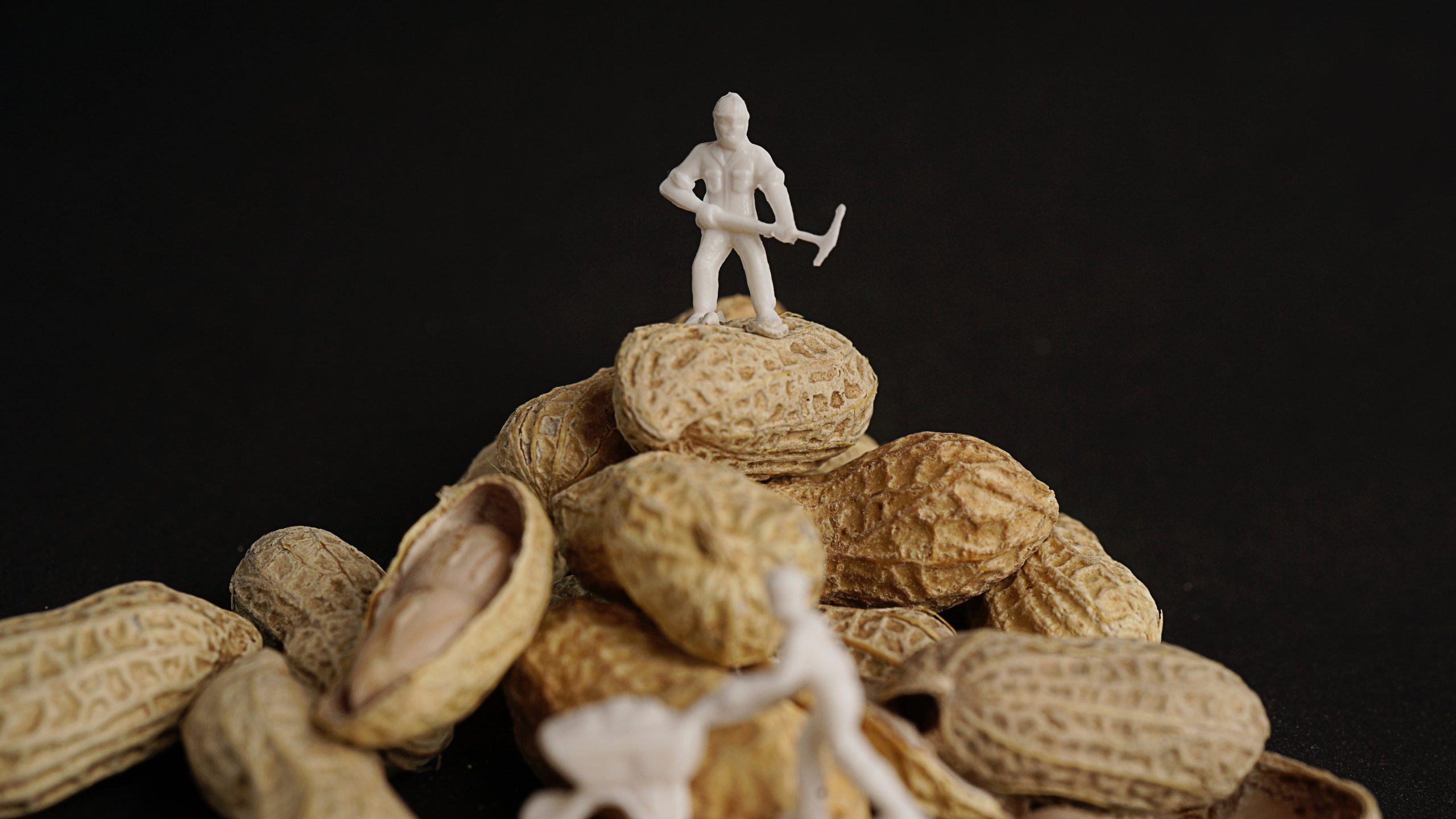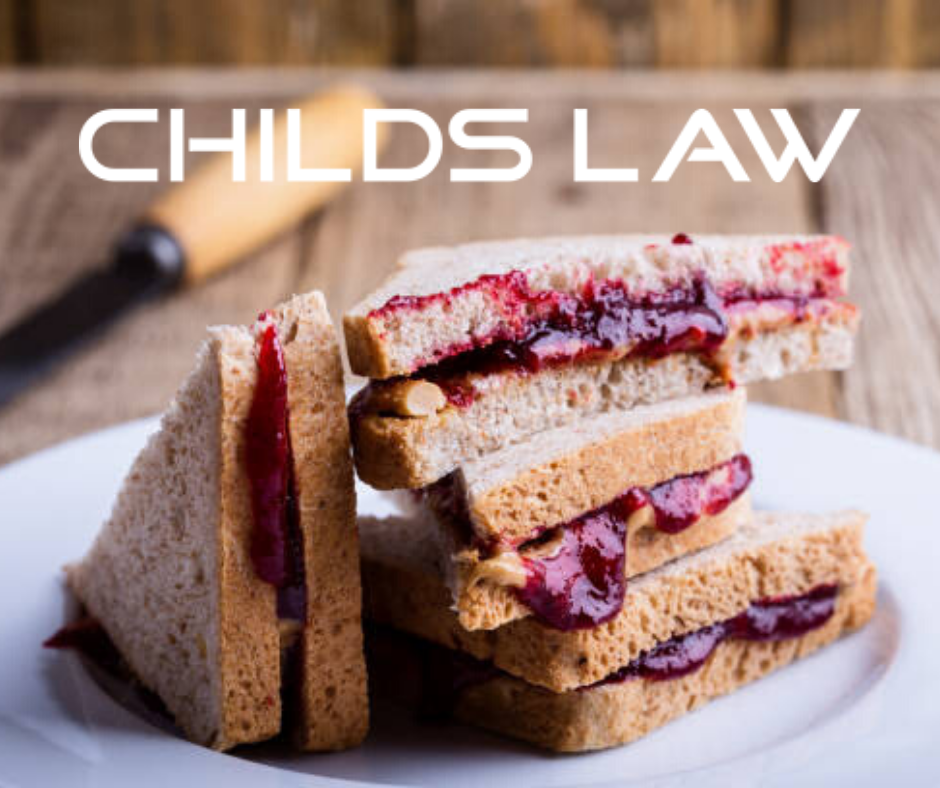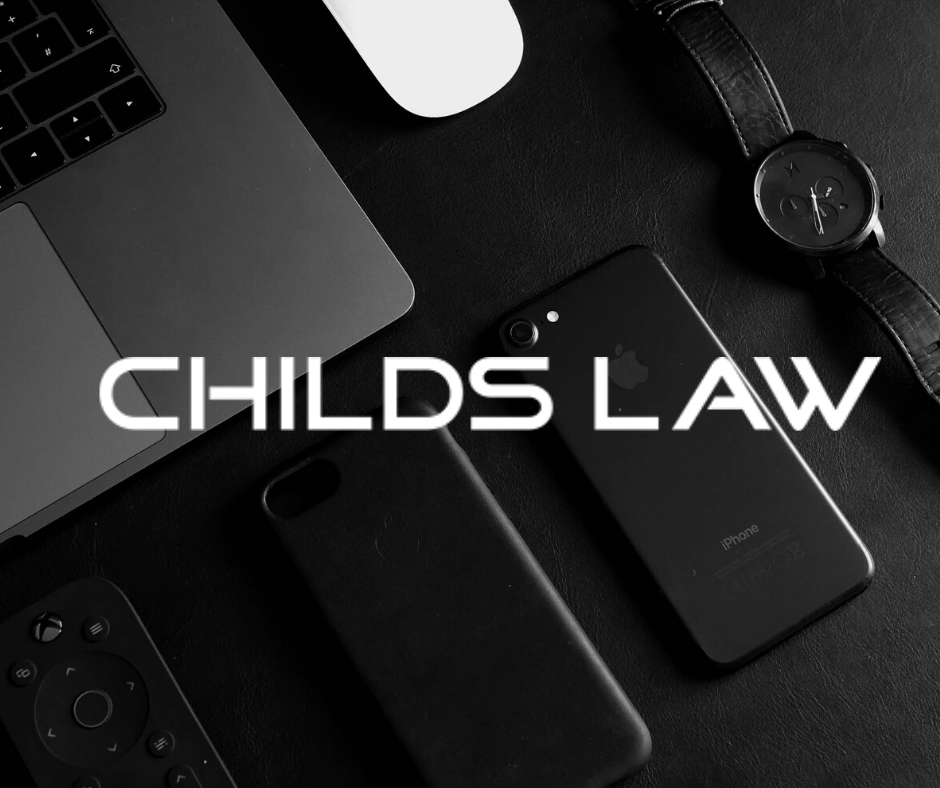How to Patent an Idea: A Guide for Beginners
Part 1: Common Patent Mistakes To listen to this blog, press play below: I’ve heard it before. Stories that start off with - “I paid a lot of money to get a patent on one of my products, and now someone else is making it! I can’t believe that they can change one little thing, and now my patent doesn’t protect me!” I see this happen all the time to people that I wish knew everything that I’m about to tell you. Here’s how to understand patent claims and protect your invention. Many brilliant people like you - scientists, engineers, professors, and other business professionals, often run to large law firms to secure a patent. Unfortunately without understanding patent law - how do you know if you’re getting your money's worth? A big named business doesn’t automatically mean big quality. Does Taco Bell mean quality Mexican food? Large law firms are billing machines. They place enormous pressure on partners and associates to crank out billable hours. To maximize profits, the associates with the least experience are assigned to draft patent applications for universities and small businesses. Even then, large firms only budget about 20 - 25 hours to discuss…







